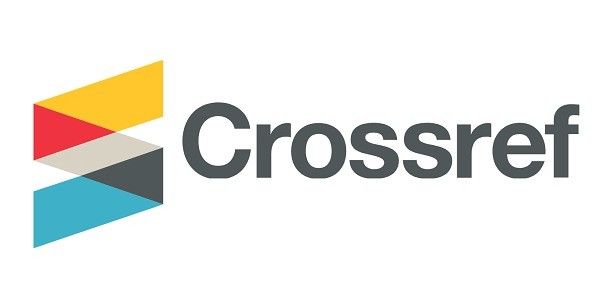Land use land cover change and land surface emissivity in Ibadan, Nigeria
DOI:
https://doi.org/10.18820/2415-0495/trp77i1.6Keywords:
land use, surface emissivity, urban expansion, urban resilience, IbadanAbstract
There are many drivers of climate change. The urbanization process has been adjudged to be one of the major factors influencing spatial variation in land use and land cover change (LULC), land surface temperature (LST), land surface emissivity (LSE), increasing greenhouse gases emission, and climate change. This article uses a multispectral satellite remote sensing and survey-based approach to examine the nexus of LULC and LSE in the Ibadan city region, Nigeria. The spectral reflectance, the sun angle spectral radiance of the Landsat imageries (2000, 2010, 2018) was corrected and converted from digital number. The LULC, Normalized Difference Vegetation Index (NDVI), Normalized Difference Built-Up Index (NDBI), LSE and LST were obtained from the analysis of Landsat imageries. From the findings, temperature increase was identified as a peculiar environmental issue. Analysis of the Landsat imageries revealed that the NDVI value increased from 0.44 in 2000 to 0.47 in 2018. The NDBI values showed that built-up areas in the core of the urban areas have the highest NDBI values (0.023-0.602). The spatio-temporal trends of LST were related to the changes in LULC, and the built-up area had the highest LSE. The maximum LST (43°C) was observed in the year 2018 at the core area of the city where building density was highest. The study suggests an application of cool pavements, green development, and urban forest regeneration for sustainable development.
Downloads
##submission.downloads##
Published
How to Cite
Issue
Section
License
Publishing rights: Author(s) may upload a second copy to institutional repositories. Disclaimer: Views and opinions expressed in this article are those of the author(s). Publication thereof does not indicate that the Editorial Staff or the University of the Free State accept responsibility for its content.








